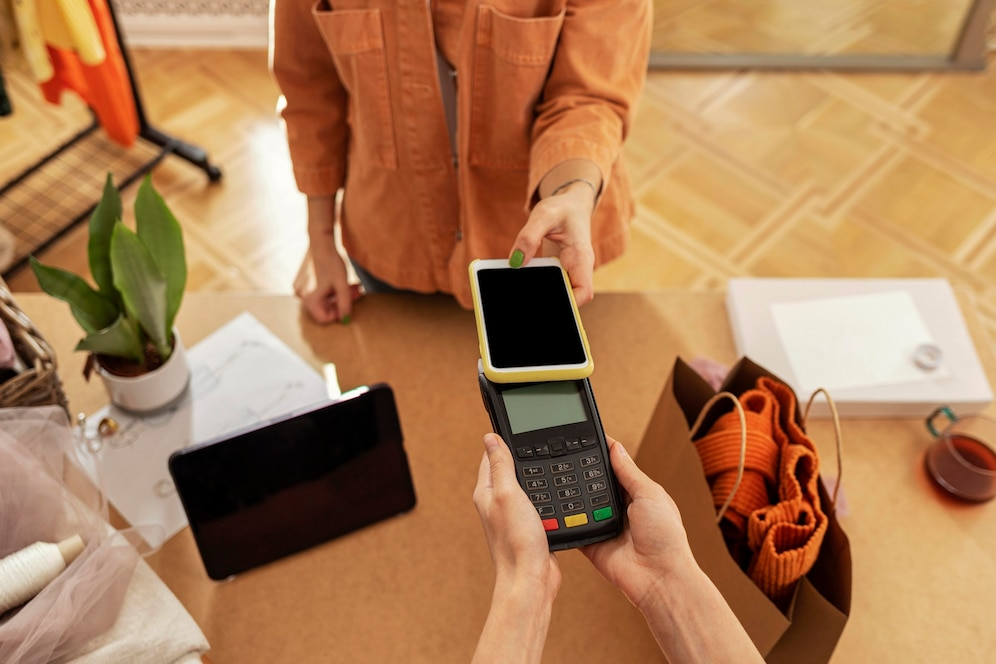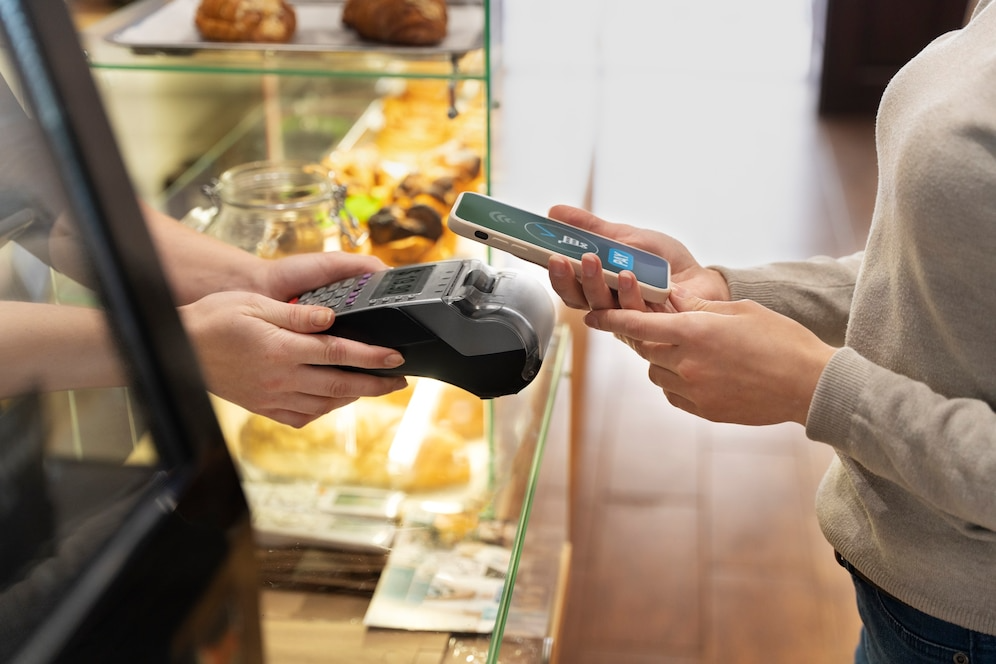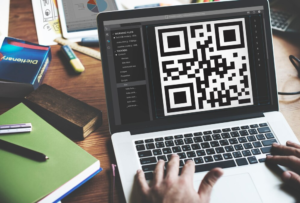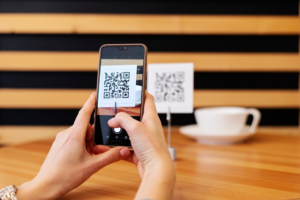Introduction
In this digital age, technology continues to evolve and transform the way we interact with the world around us. One such innovation that has gained immense popularity is QR codes. Short for Quick Response codes, QR codes are two-dimensional barcodes that can store a wealth of information. These codes have become ubiquitous in our daily lives, appearing on products, advertisements, and even event tickets. But what are QR codes used for? In this comprehensive guide, we will explore the various applications and benefits of QR codes, shedding light on their usefulness and versatility.
Understanding QR Codes
QR codes are essentially square-shaped patterns made up of black squares on a white background. They can be scanned using a smartphone or a dedicated QR code reader app, which decodes the information embedded within the code. This information can include text, URLs, contact details, and even multimedia content such as images and videos.
How Do QR Codes Work?
When a QR code is scanned, the embedded data is decoded and displayed on the user’s device. The scanning process involves the camera on a smartphone capturing the QR code and the decoding software analyzing the pattern to extract the information. QR codes can store a large amount of data, making them highly versatile and useful in various applications.
Benefits of QR Codes

QR codes offer numerous benefits that have contributed to their widespread adoption. Firstly, they provide a quick and convenient way to access information. Instead of manually typing in URLs or contact details, users can simply scan the QR code and instantly retrieve the desired information. Additionally, QR codes can be easily generated and printed, making them cost-effective and accessible to businesses of all sizes.
QR Codes in Marketing
In the realm of marketing, QR codes have revolutionized the way businesses engage with their customers. By incorporating QR codes into advertisements, companies can provide customers with instant access to product information, promotional offers, and exclusive content. QR codes also enable businesses to track and measure the effectiveness of their marketing campaigns, gaining valuable insights into customer behavior and preferences.
QR Codes in Retail
The retail industry has embraced QR codes as a powerful tool for enhancing the shopping experience. Retailers can place QR codes on product packaging, allowing customers to quickly access detailed product information, customer reviews, and pricing comparisons. QR codes also facilitate seamless mobile payments, eliminating the need for physical cash or cards.
QR Codes in Education
In the field of education, QR codes have opened up exciting possibilities for interactive learning. Teachers can incorporate QR codes into lesson plans, providing students with supplementary resources, interactive quizzes, and multimedia content. QR codes also enable easy sharing of educational materials, making learning more accessible and engaging for students.
QR Codes in Healthcare

The healthcare industry has also harnessed the power of QR codes to improve patient care and streamline processes. QR codes can be used to store patients’ medical records, making them easily accessible to healthcare professionals in emergency situations. Additionally, QR codes on medication packaging can provide patients with detailed dosage instructions and potential side effects.
QR Codes in Events
Event organizers have found QR codes to be invaluable in enhancing attendee experiences and managing event logistics. By placing QR codes on tickets or event programs, organizers can provide attendees with real-time updates, maps, and schedules. QR codes can also facilitate seamless registration and check-in processes, reducing waiting times and improving overall event efficiency.
QR Codes in Payments
QR codes have revolutionized the way we make payments, offering a secure and convenient alternative to traditional methods. Mobile payment apps utilize QR codes to facilitate transactions, allowing users to scan a code displayed at the point of sale to complete their purchase. This technology has gained significant traction in regions such as Asia, where mobile payment adoption is widespread.
QR Codes in Authentication
QR codes have also found applications in authentication and security systems. They can be used as an additional layer of verification for user logins or transactions. By scanning a QR code displayed on a trusted device, users can confirm their identity or authorize specific actions, enhancing overall security and protecting against unauthorized access.
QR Codes in Inventory Management
Efficient inventory management is crucial for businesses, and QR codes provide an effective solution. By assigning unique QR codes to each item, businesses can track inventory levels, monitor stock movement, and streamline the ordering process. QR codes enable accurate and real-time inventory data, reducing manual errors and optimizing supply chain management.
QR Codes in Social Media
Social media platforms have integrated QR codes as a means of connecting users and expanding networks. Users can generate their unique QR codes, which can be scanned by others to quickly follow or connect with them on platforms such as Facebook, Instagram, or LinkedIn. QR codes eliminate the need for manual searching and typing, simplifying the process of connecting and sharing information.
QR Codes in Transportation
The transportation industry has leveraged QR codes to enhance passenger convenience and improve operational efficiency. QR codes on boarding passes allow passengers to access their flight or train details with ease. In addition, QR codes on public transport tickets enable seamless fare payment and provide access to real-time travel information.
QR Codes in Tourism
Tourism organizations have embraced QR codes as a means of providing visitors with comprehensive information about attractions, historical sites, and cultural landmarks. By scanning QR codes placed strategically at tourist destinations, visitors can access multimedia guides, maps, and additional resources, enhancing their overall travel experience.
QR Codes in Packaging
Product packaging plays a crucial role in capturing consumers’ attention, and QR codes can enhance this interaction. By including QR codes on packaging, businesses can offer customers access to product manuals, assembly instructions, or video demonstrations. QR codes also provide an opportunity for companies to engage with customers through personalized offers and loyalty programs.
QR Codes in Contact Tracing
The COVID-19 pandemic has highlighted the importance of contact tracing in curbing the spread of the virus. QR codes have been widely used in contact tracing efforts, allowing individuals to check-in at establishments and public venues. In the event of a positive case, these QR codes enable quick and efficient notification of potential exposure, aiding in effective containment measures.
QR Codes in Product Information
Consumers are increasingly seeking detailed information about the products they purchase. QR codes serve as a bridge between physical products and digital content, providing customers with access to comprehensive product information, including specifications, user manuals, and warranty details. This transparency fosters trust and empowers consumers to make informed purchasing decisions.
QR Codes in Coupons and Discounts
QR codes have become a popular medium for delivering coupons and discounts to customers. Businesses can generate unique QR codes for promotions and distribute them through various channels, such as email campaigns or social media. Customers can then scan the QR codes to avail themselves of the offered discounts, providing a seamless and efficient redemption process.
QR Codes in Loyalty Programs
Loyalty programs are an effective way for businesses to cultivate customer loyalty and drive repeat purchases. QR codes serve as a convenient mechanism for customers to participate in loyalty programs. By scanning their QR code at the point of purchase, customers can accrue rewards points, receive personalized offers, and enjoy exclusive benefits.
QR Codes in Digital Menus
The restaurant industry has embraced QR codes as an alternative to traditional menus. QR codes placed on tables or signage can provide customers with digital menus, allowing them to browse items, view descriptions, and place orders directly from their smartphones. This contactless approach promotes safety, efficiency, and a seamless dining experience.
QR Codes in Virtual Reality
QR codes have found applications in the realm of virtual reality (VR), enriching immersive experiences. By scanning a QR code, users can unlock VR content, such as 360-degree videos or interactive simulations. This integration enhances engagement and enables users to explore virtual environments with ease.
QR Codes in Augmented Reality
Augmented reality (AR) experiences have also been enhanced through the use of QR codes. Scanning a QR code can trigger AR overlays or animations, allowing users to interact with virtual elements superimposed on the real world. QR codes enable seamless integration between physical spaces and virtual content, creating captivating and interactive experiences.
QR Codes in Customer Feedback
Businesses value customer feedback as it provides insights for improvement. QR codes can be incorporated into feedback mechanisms, enabling customers to share their opinions and experiences easily. By scanning a QR code, customers can access online surveys or feedback forms, facilitating the collection of valuable data and enhancing customer satisfaction.
QR Codes in Art and Design
The creative industry has also embraced QR codes as a medium for artistic expression. Artists and designers incorporate QR codes into their works, providing viewers with additional context, interpretations, or multimedia elements. QR codes serve as a gateway to explore the intersection of physical art and digital content, fostering interactive and immersive experiences.
QR Codes in Charity Campaigns
Charitable organizations utilize QR codes to simplify the donation process and increase accessibility. By displaying QR codes on promotional materials or websites, organizations can enable individuals to make direct and secure donations using their smartphones. QR codes streamline the donation process, allowing for instant contributions and facilitating the support of worthy causes.
Frequently Asked Questions (FAQs)
Can QR codes be read by any smartphone?
Yes, most smartphones have built-in QR code scanning capabilities through their camera or dedicated QR code reader apps.
Are QR codes secure?
QR codes themselves are not inherently secure or insecure. However, it’s important to be cautious while scanning QR codes from unknown or untrusted sources, as they could potentially lead to malicious websites or malware.
Can QR codes store sensitive information?
QR codes can store various types of information, including sensitive data. However, it is advisable not to store highly confidential information, such as social security numbers or passwords, in QR codes that can be easily scanned by anyone.
Can I create my own QR codes?
Yes, there are numerous online QR code generators available that allow you to create custom QR codes. These generators often offer options to include various types of information, such as URLs, text, or contact details.
Can QR codes be customized with branding?
Yes, businesses can customize QR codes with their branding elements, such as adding logos or changing the color scheme. However, it’s important to ensure that the customization does not interfere with the QR code’s scannability.
Are there any limitations to the amount of data that can be stored in a QR code?
QR codes have different storage capacities depending on the version and type. The more data you try to store, the denser and larger the QR code becomes, which may affect scannability. It’s important to strike a balance between the amount of data and the readability of the QR code.
Conclusion
QR codes have become an integral part of our digital landscape, offering a myriad of applications across various industries. Whether it’s marketing, retail, education, healthcare, or events, QR codes provide a versatile and efficient means of accessing information, engaging with customers, and streamlining processes. As technology continues to advance, QR codes are likely to evolve further, offering new possibilities and enhancing our everyday experiences.
Remember, the next time you encounter a QR code, take a moment to scan it and uncover the hidden world of information and possibilities it holds.













